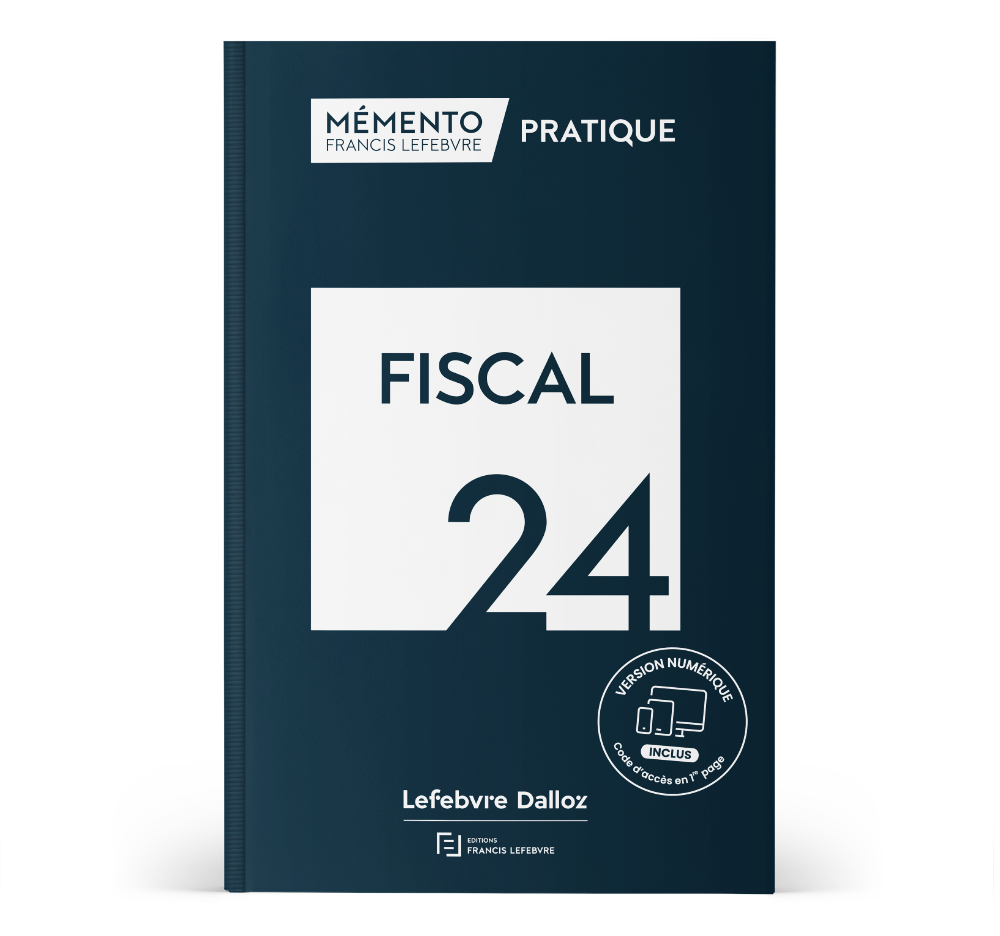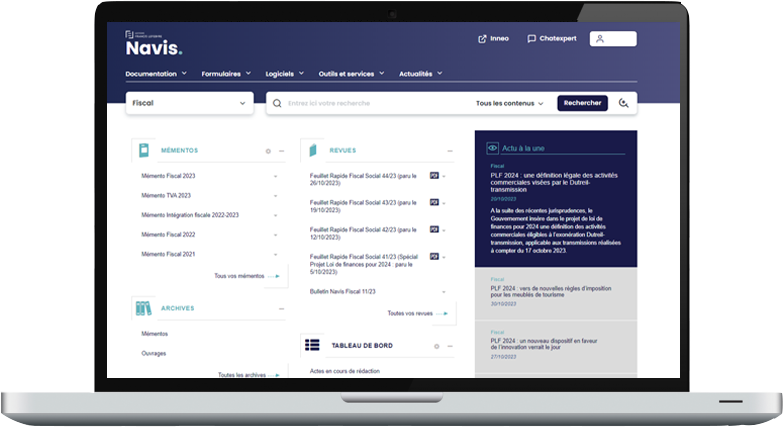OECD Announces 2017 Update to Model Treaty
The OECD announced on November 21 that the contents of its update to the OECD model treaty, which will incorporate changes developed as part of the base erosion and profit-shifting project, have been approved by the OECD Council, and a revised version of the model will be released in the coming months.
The updated OECD model treaty will include significant changes to several articles, such as article 5 (permanent establishment), article 25 (MAP), and article 29 (entitlement to benefits), according to an OECD release. The update will also include several changes to the model that were developed separately from the treaty-related BEPS measures. The OECD earlier released a draft of the 2017 update that included several previously unreleased issues for public comment.
The changes to article 5 and its commentary incorporate follow-up work that was done after the report on BEPS Action 7 (Preventing the Artificial Avoidance of Permanent Establishment Status) was completed. Changes to the commentary to article 5 also include work done as a result of 2011 and 2012 public consultations and discussion drafts.
Changes to article 25 related to the OECD model MAP arbitration provision are intended to reflect the arbitration provision developed in the negotiation of the OECD’s multilateral instrument. The commentary to articles 2, 7, 9, and 25 also reflect changes recommended in the report on BEPS Action 14 (Making Dispute Resolution Procedures More Effective).
The updated article 29 will now include both a simplified and a detailed limitation on benefits rule, an antiabuse rule for PEs situated in third countries, and a principal purpose test rule. The changes to article 29 were developed in the report on BEPS Action 6. The commentary has also been updated to include three additional examples on the application of the principal purpose test rule to non-collective investment vehicle funds.
The approved update also includes four changes that were included in a July public consultation. Two of those changes relate to the commentary on article 4 (the definition of resident). The first addresses whether a house rented to an unrelated person can be considered to be a “permanent home available to” the landlord for purposes of the tiebreaker rule in article 4(2)(a), and the second clarifies the meaning of “habitual abode” in the tiebreaker in article 4(2)(c). The other changes modify the commentary on article 5 and make a modification to article 10 (dividends).
OECD Releases MAP Statistics for 2016
The OECD also released on November 27 MAP statistics collected as part of the Inclusive Framework on BEPS. The Inclusive Framework collects data from more than 65 jurisdictions. Compared to the 2015 MAP statistics, both the number of MAP cases in starting inventory and the number of started cases increased. Those increases are partly due to an increase in the number of reporting jurisdictions and modified counting rules.
Cases in inventory are divided between those initiated before or after January 1, 2016, because that is the date after which jurisdictions committed to implement the action 14 minimum standard.
As of January 1, 2016, there were 8,002 cases in starting inventory, 1,955 of which were closed in 2016. There were 1,496 cases started after January 1, and 353 of those were closed. Ending inventory thus included 6,047 cases started before 2016, and 1,143 started during the year.
The MAP statistics report also includes a breakdown of the outcomes reached by competent authorities. In 59 percent of the cases closed, an agreement was reached fully eliminating double taxation or fully resolving taxation not in accordance with a tax treaty. In 19 percent of the cases, unilateral relief was granted. In the other 21 percent of cases, some other result was reached, including cases that were withdrawn by the taxpayer or in which access to MAP was denied.
The majority of the cases in MAP inventories during 2016 were transfer pricing cases, which consisted of slightly more than half of the cases started before 2016. Transfer pricing cases on average took longer to resolve than other cases — an average of 33.5 months compared with an average of 26.5 months for other cases.
Taxpayer Input on Dispute Resolution Peer Reviews
The OECD announced on November 24 that it is seeking input for the stage 1 peer reviews of Australia, Ireland, Israel, Japan, Malta, Mexico, New Zealand, and Portugal. The OECD has invited taxpayers to submit input on issues relating to access to MAP, the clarity and availability of MAP guidance, and the timely implementation of MAP agreements for each jurisdiction.
Stage 1 of the peer review process involves evaluating the implementation of the Action 14 minimum standard by Inclusive Framework members. Stage 2 focuses on monitoring the followup of the recommendations generated by the stage 1 report.
Revenue Statistics 2017
The OECD on November 23 released its Revenue Statistics 2017 report, which shows that on average, personal income taxes are playing an increasingly significant role in the tax mix as revenues from social security contributions (SSCs) and consumption taxes fall, and corporate tax collections remain low.
The report notes that there are three main emerging trends in the OECD average tax structure since the financial crisis: First, the share of personal income tax in total taxes initially fell after the crisis but has since steadily risen; second, the share of SSCs and taxes on goods and services initially rose but is now steadily declining; and third, the share of corporate income tax revenues has dropped but remains steady.
According to the report, the average share of personal income tax in total tax revenues increased from 24.1 percent in 2014 to 24.4 in 2015, while SSCs and taxes on goods and services (including VAT) fell slightly. Revenues from corporate income tax, which dropped significantly during the financial crisis, have recovered, remaining at about 8.9 percent.
The average tax-to-GDP ratio rose from 34 percent in 2014 to 34.3 percent in 2015. Of the 33 OECD countries that provided preliminary data for 2016, 20 reported having seen an increase in their tax-to-GDP ratio for 2016.
By Alexander LEWIS
Cette information est extraite de notre service d'actualité taxnotes






